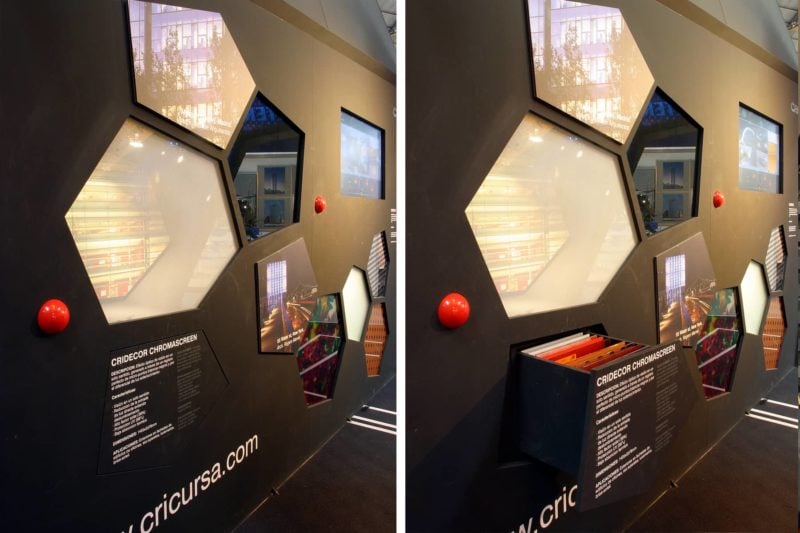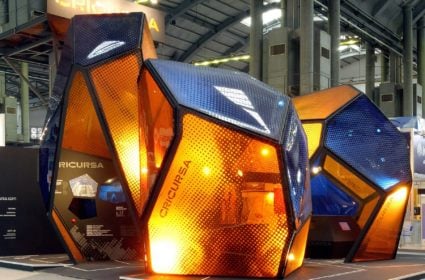Year
2007SUPERFICIE
100 m²
Partner in Charge
Jordi FernándezEduardo Gutiérrez
Project Team
Jordi FarellCarlos García-Sancho
Fani Natou
Joan S. Sorrondegui
Graphic Designer
Bernardo MagalhaesMULTIMEDIA
Natalia Cambello
Fabian Taranto
(GROTESK DESIGN)


































